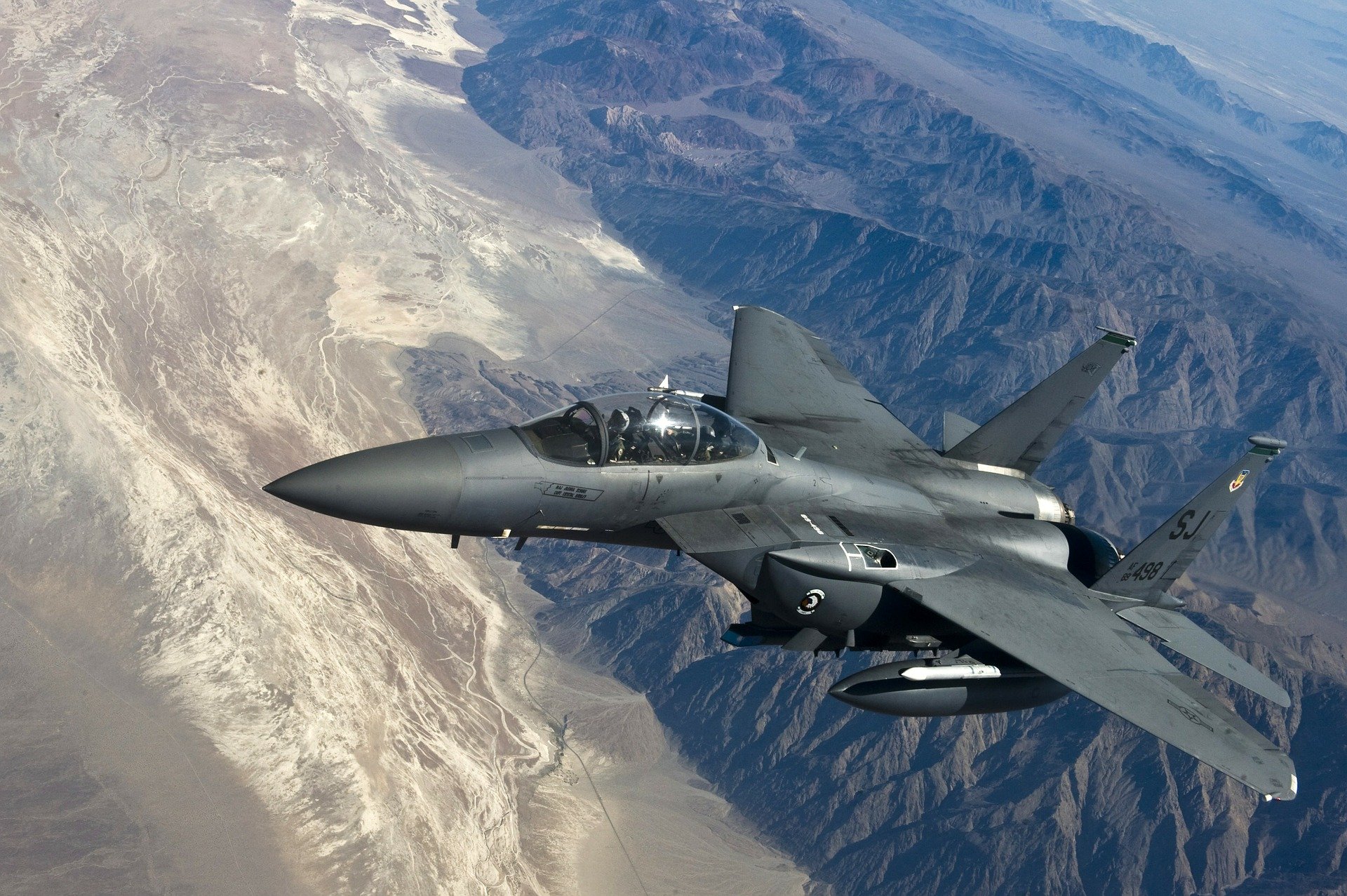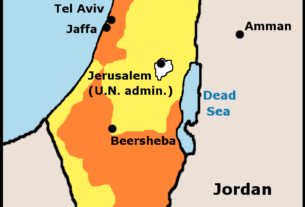On the evening of January 7, 2020, Iran’s Revolutionary Guards launched more than a dozen short range ballistic missiles from Iran that hit US coalition bases at Al – Sad and Irbil in Western and Northern Iraq. There were initial unconfirmed reports of possible casualties. Early warning of the attack may have sent both Iraqis, US and other coalition military personnel to safety in bunkers. Was this the threatened “hard revenge” that Iran’s Revolutionary Guards had warned would come against US military bases? This Iranian missile attack was response to the US MQ9 Drone missile strike at Baghdad Airport on January 3, 2020 that killed General Qasem Soleimani, the powerful commander of the elite Quds Force and Abu Mahdi al-Muhandis Commander of Iran – controlled Iraqi PMF Kata’ib Hezbollah. The Trump White House and Pentagon were monitoring these developments and considering possible retaliatory actions to take. The question is could President’s Trump’s fateful decision to assassinate General Soleimani trigger escalate reprisal actions between the US and Iran leading to a possible war in the Middle East region? Just prior to these developments, Rod Reuven Dovid Bryant and Jerry Gordon convened a discussion with Ken Timmerman, veteran Iran watcher, investigative journalist and best-selling author and Stephen Bryen, Reagan -era Deputy Undersecretary of Defense for Technical Security, noted military technologist and Asia Times columnist. The purpose was to assess the significance of the assassination of General Soleimani and its impact on combating Iran’s hegemonic support for regional terrorism via attacks by proxies against US assets and allies in the Middle East region. Soleimani was the second most powerful figure in the Islamic Republic of Iran, next to its Supreme Ruler, Ayatollah Khamenei. He had conducted global terrorism that resulted in more than 1,200 US military deaths from Iranian I.E.D.’s in Iraq and Afghanistan. There were bombings in Buenos Aires, Argentina in 1992 that killed 38 Israeli Embassy personnel and the 1994 blast that left 85 dead and over 200 injured in the bombing of the Jewish AMIA Center. He sent General Rahimi and a Quds Force team to Benghazi, Libya in 2012 that resulted in the deaths of the US Ambassador, a communications aide and two CIA security contractors on 9/12. Soleimani used snipers to kill Iranian and Iraqi protesters. He was responsible for thousands of deaths of Palestinians in Syria. His chief henchman in these murderous activities was Hezbollah Military Commander, Imad Mughniyeh, who perpetrated the 1983 Marine Barracks bombing in Beirut that killed 241, the earlier US Embassy blast that killed 63. Mughniyeh was assassinated in February 2008 in a bombing allegedly by Mossad with US assistance near the Syrian Intelligence Center in Damascus. Timmerman noted Soleimani created a major black funding source by cutting a deal with the Iraqi finance ministry that generated $1 billion a month from foreign exchange trading. The facility was used to fund terrorist activities of proxies like Hezbollah and the Iraqi Shia Iran-controlled mobilization Forces. He controlled all operations, was very hands on, didn’t delegate to subordinates, especially his successor. His dominance of all operations together with his black bank operation made him irreplaceable to the Supreme Ruler, Ayatollah Khamenei. Timmerman noted with Soleimani’s death, questions remain about the ability to deliver $600 million annually for it support in Lebanon. Funding of other proxies in Iraqi, Afghanistan and Yemen may also be affected by the possible loss of the black facility that Soleimani controlled. Soleimani’s elimination may have changed the strategic balance in the Middle East. Bryen observed that what might have motivated the President’s decision to opt for killing Soleimani may have been intelligence on Iranian deliveries of special weapons to proxies in Iraqi that included MANPADS to shoot down US helicopters and upgraded Katyushas rockets equipped with GPS for use by Iraqi proxies to hit US bases. Bryen cited the irony that among the sea of mourners at Soleimani’s funeral was none other than Ismail Haniyeh of Hamas which was strenuously objected to by the Egyptians. Ironically, Hamas handed out candy on news of Soleimani’s death, who was responsible for the deaths of thousands of Palestinians in Syria. Bryen warned about the possibility of a dramatic revenge attack by the IRGC. They operate independently on their own track-the proverbial tail wagging the dog. They were clearly anxious to attack US forces and assets in the region. Hence, the missile attacks on Al-Sad and Irbil bases that occurred following this program. Timmerman noted that the IRGC controls 80 percent of Iran’s economy including its oil and gas operations. He noted that the IRGC is split and a wing has links to anti-regime dissident groups to maintain power in case of a change in succession of the Supreme Ruler. In discussing possible responses by the US, Bryen noted that the IRGC could commit their own blunders that would trigger US retaliation against missile sites, nuclear development sites, command and control systems, the latter effectively blinding them. Their Air Force could be destroyed. Further escalation by Iran could reach the point where Israel might unleash its F-35s that have penetrated Iranian airspace. Bryen warned that further escalation by Iran might result in President Trump unleashing a massive response. Timmerman noted that during the so-called Tanker War in 1987- 1988, the US wiped out one -third of Iran’s Navy in less than 24 hours. We live in dangerous times.
‘);
_avp.push({ tagid: article_top_ad_tagid, alias: ‘/’, type: ‘banner’, zid: ThisAdID, pid: 16, onscroll: 10 });




